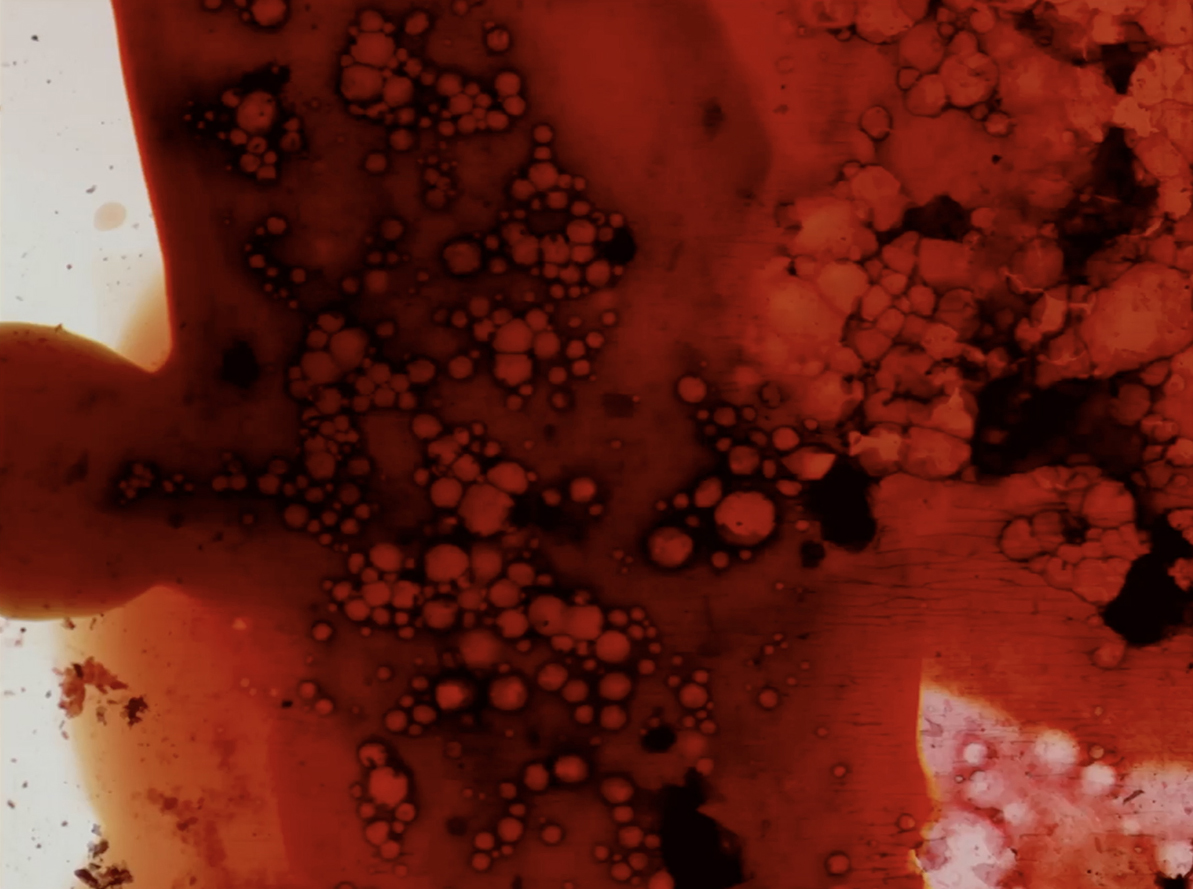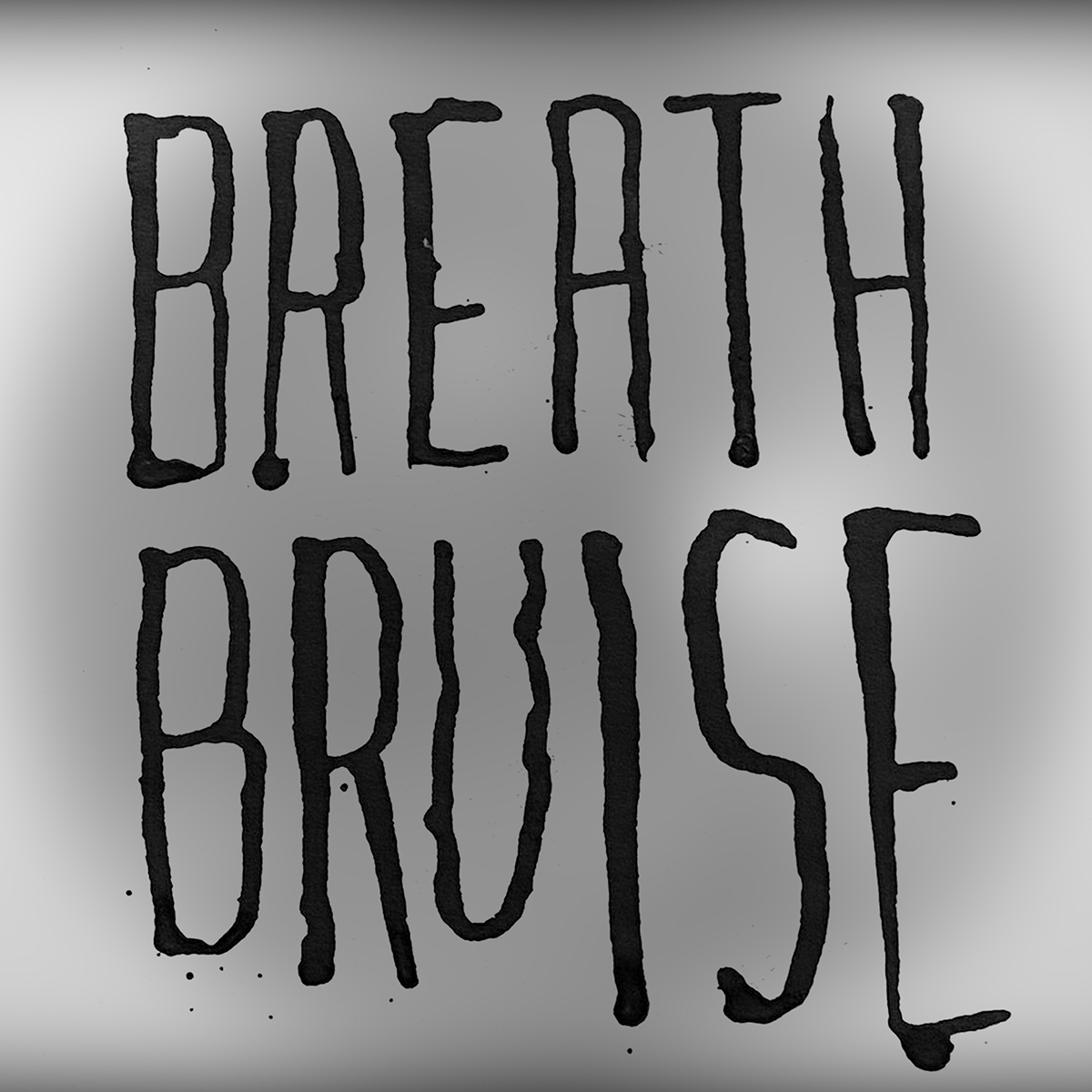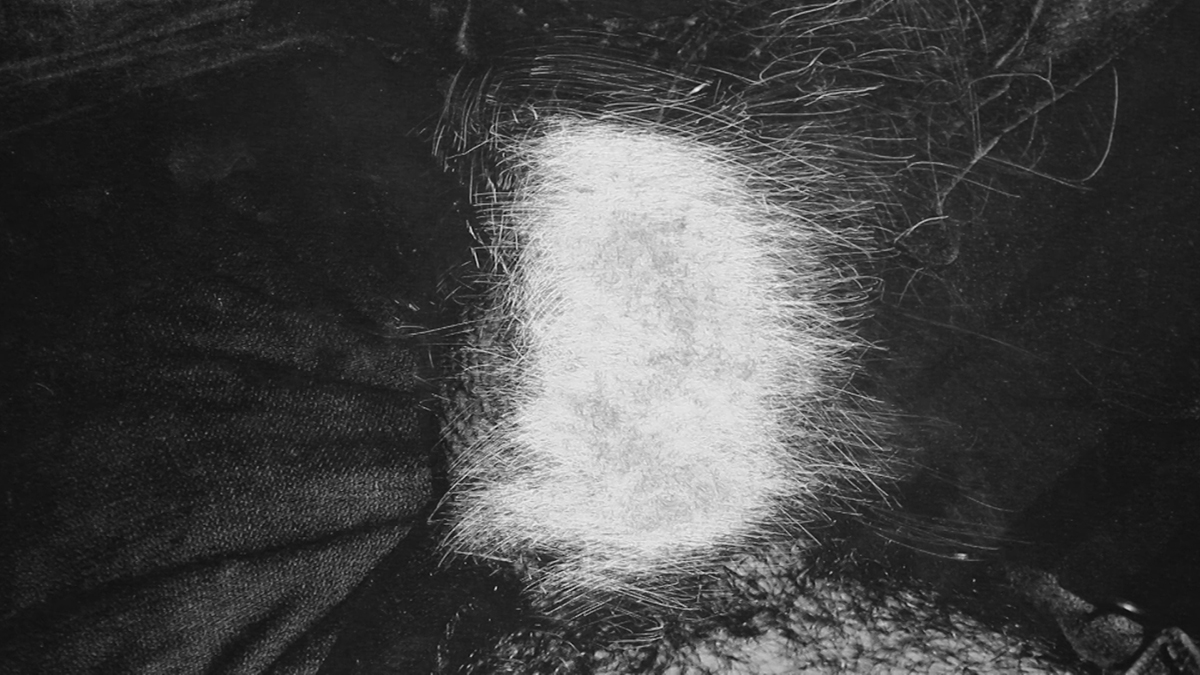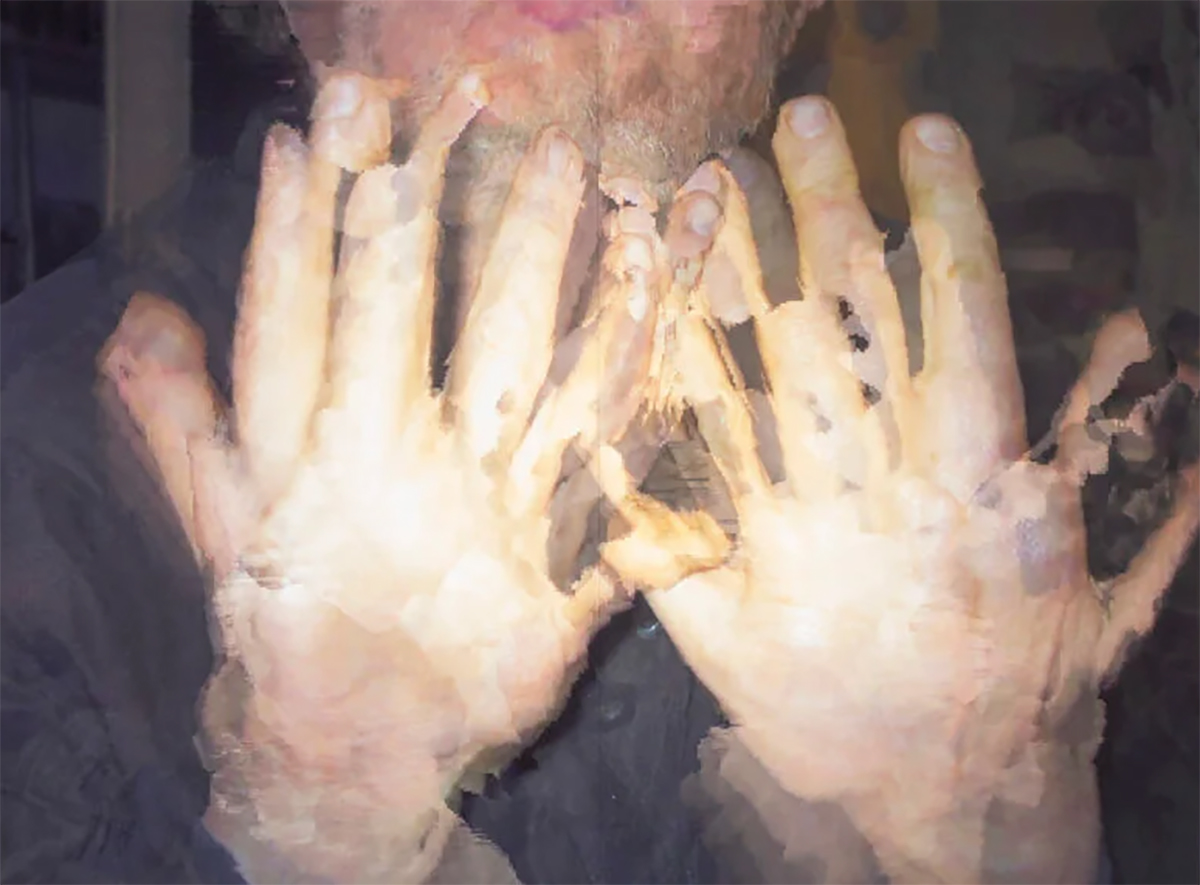Selection 5: Vicky Smith, James Richards, Steve Reinke, Warren Sonbert & Wendy Appel, P. Staff
In the presence of James Richards and Vicky Smith
Courtisane is een platform voor film en audiovisuele kunsten. In de vorm van een jaarlijks festival, filmvertoningen, gesprekken en publicaties onderzoeken we de relaties tussen beeld en wereld, esthetiek en politiek, experiment en engagement.
Courtisane is a platform for film and audiovisual arts. Through a yearly festival, film screenings, talks and publications, we research the relations between image and world, aesthetics and politics, experiment and engagement.
In the presence of James Richards and Vicky Smith

A choreography of saliva, Smith made this film by literally licking, dribbling and spitting onto film, generating both image and sound. The bodily fluid directed by a stained tongue creates semi-automatic, painterly compositions and seeps into the soundtrack, generating noisy rasps and skidding sounds.

The starting point of Steve Reinke and James Richards’ When We Were Monsters is a film made by the artist Gretchen Bender (1951–2004), who drew upon a cache of forensic images – depicting infections, deformities, and morbid injuries – given to her by a plastic surgeon. When We Were Monsters, made at the onset of the COVID-19 pandemic, is marked by an atmosphere of molecular porosity and existential vastness. Expanding Bender’s medical gaze to include a broader scientific gaze, Reinke and Richards weave an affective tapestry of images – featuring Ivan Pavlov’s ghost dogs, wounds, flowers, stains, fire ceremonies, and hallucinations, among other flashes of eros. (Julia Stoschek Foundation)
English spoken

The censored images in Rosebud were shot in a library in Tokyo. The books, monographs on Mapplethorpe, Tillmans and Man Ray, were being imported into Japan from Europe when they were stopped by customs officials. Local law in Japan forbids a library from having books with any images that might induce arousal in a viewer. Customs did allow workers to go through the shipment and sandpaper away the genitals from any contested images. The video is focused on the violence of the action of sandpapering and at the same time a study of rubbing against and along different surfaces: the meniscus of water over the print, the elderflower rubbed along a boy’s body.

Amphetamine was shot when Sonbert was only eighteen years old, approximately three years before the Stonewall riots. The film provides an important glimpse at the types of sexual experimentation that would propel queer youth to the front lines of the radical social transformations that were already underway. The film shows Sonbert’s early narrative style already defined, capturing in provocative fashion a window onto teenage transgression. (Tate)

Combining digital and analogue filmmaking techniques with poetry, hand painted animation and industrial sound, Hevn explores pleasure and pain in the sick or debilitated body with Staff ’s ongoing interest in the volatility of queer and trans bodies. Glimpses of footage – a shower scene, traffic, friends gathering – are obscured and revealed by layers of hand painted film and lettering, eventually giving way to a titular poem that asks what happens to us in states of dreaming, volatility, inebriation and exhaustion.

Qualities of Life is a material and metaphorical endoscope that records and compiles domestic still lifes, detritus, and civic sewage systems into a poetry and music suite to look closer at the private and public dimensions of decay, hygiene, and contagion. One of its guiding forces is a series of images from the archive of Horst Ademeit, whose obsessive, multi-decade imperative was to register the detrimental impact of radiations on his body and his surroundings. We also see footage from the millennial evolution of bees’ social structure, the brief analysis of a body through an MRI scan and various erotic, narcotic, and nostalgic remains from Richards’s apartment. The film poses a survivalist dilemma, or maybe a trick, in the subtly mundane and infrastructural dimension that it traverses.